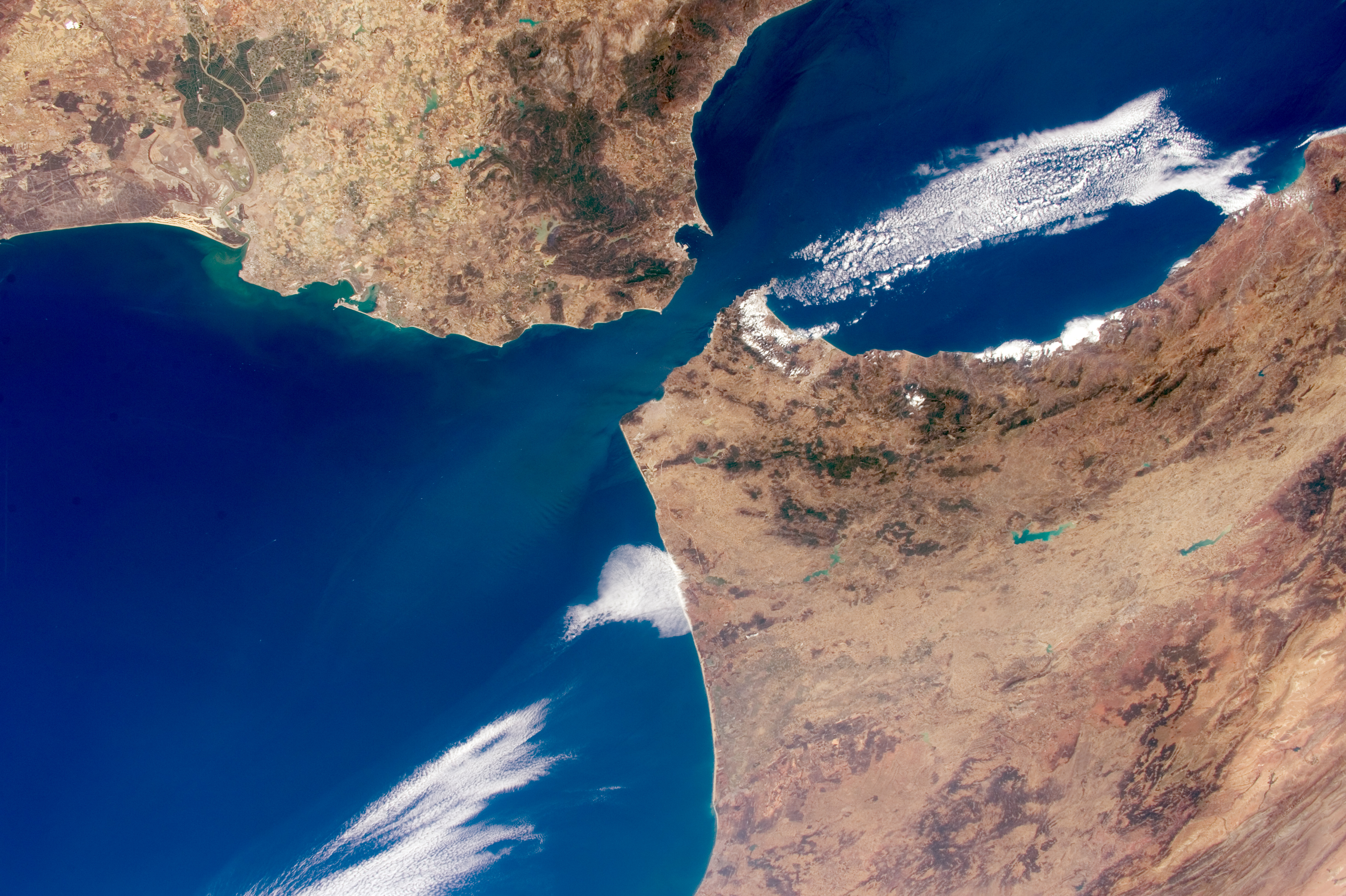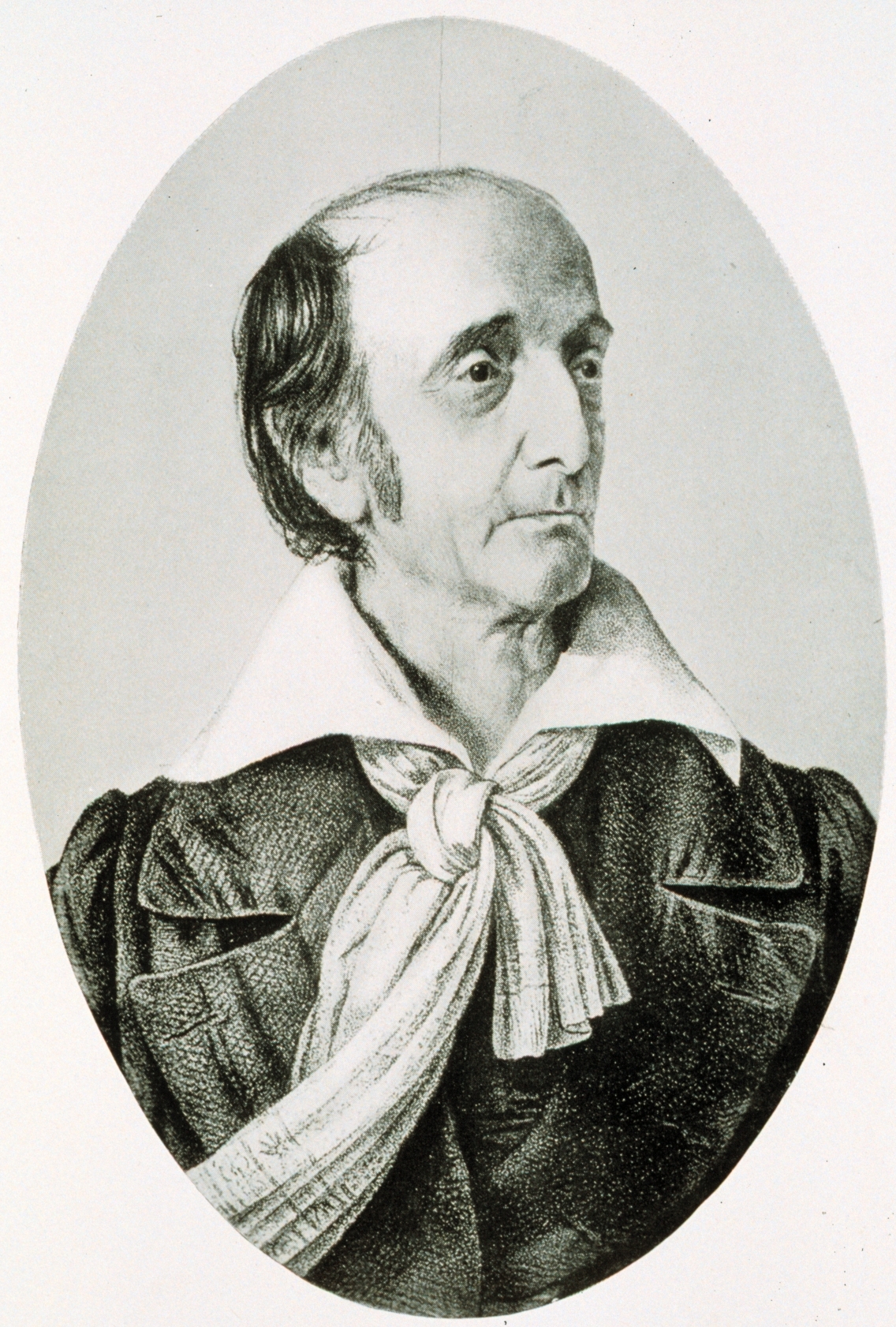|
Sibutu Passage
Sibutu Passage is a deep channel some wide that separates Borneo from the Sulu Archipelago. It has a deep sill allowing entry of deep water into the Sulu basin while connecting the Sulu Sea with the Sulawesi Sea that feeds from the Pacific Ocean by the Mindanao Current. Although H. Otley Beyer argued in favor of a settlement of the Philippines across land bridges during the last ice age, modern bathymetric soundings have shown that the centers of the Sibutu Passage and the Mindoro Strait are both deep enough that they probably still existed at that time, although the Sulu and other Philippine Islands beyond were one connected island. If verified, therefore, the Callao Man would have needed to have crossed the open sea to reach the islands. References * ''Philippine Islands Sailing Directions'', third edition of the bulletin prepared in the office of the United States Coast and Geodetic Survey at Manila Manila, officially the City of Manila, is the Capital of the Phi ... [...More Info...] [...Related Items...] OR: [Wikipedia] [Google] [Baidu] |
Sulu Archipelago
The Sulu Archipelago ( Tausug: Kapū'-pūan sin Sūg Sulat Sūg: , ) is a chain of islands in the Pacific Ocean, in the southwestern Philippines. The archipelago forms the northern limit of the Celebes Sea and southern limit of the Sulu Sea. The Sulu Archipelago islands are within the Mindanao island group, consisting of the Philippines provinces of Basilan, Sulu, and Tawi-Tawi; hence the archipelago is sometimes referred to as Basulta, derived from the first syllables of the three provinces. The archipelago is not, as is often supposed, the remains of a land bridge between Borneo and the Philippines. Rather, it is the exposed edge of small submarine ridges produced by tectonic tilting of the sea bottom. Basilan, Jolo, Tawi-Tawi and other islands in the group are extinct volcanic cones rising from the southernmost ridge. Tawi-Tawi, the southernmost island of the group, has a serpentine basement-complex core with a limestone covering. This island chain is an important ... [...More Info...] [...Related Items...] OR: [Wikipedia] [Google] [Baidu] |
Bathymetry
Bathymetry (; ) is the study of underwater depth of ocean floors ('' seabed topography''), river floors, or lake floors. In other words, bathymetry is the underwater equivalent to hypsometry or topography. The first recorded evidence of water depth measurements are from Ancient Egypt over 3000 years ago. Bathymetry has various uses including the production of bathymetric charts to guide vessels and identify underwater hazards, the study of marine life near the floor of water bodies, coastline analysis and ocean dynamics, including predicting currents and tides. Bathymetric charts (not to be confused with '' hydrographic charts''), are typically produced to support safety of surface or sub-surface navigation, and usually show seafloor relief or terrain as contour lines (called '' depth contours'' or '' isobaths'') and selected depths ('' soundings''), and typically also provide surface navigational information. Bathymetric maps (a more general term where navigational safet ... [...More Info...] [...Related Items...] OR: [Wikipedia] [Google] [Baidu] |
Straits Of Malaysia
A strait is a water body connecting two seas or water basins. The surface water is, for the most part, at the same elevation on both sides and flows through the strait in both directions, even though the topography generally constricts the flow somewhat. In some straits there is a dominant directional current. Most commonly, the strait is a narrowing channel that lies between two land masses. Straits are loci for sediment accumulation, with sand-size deposits usually occurring on the two strait exits, forming subaqueous fans or deltas. Some straits are not navigable because, for example, they are too narrow or too shallow, or because of an unnavigable reef or archipelago. Terminology The terms ''channel'', ''pass'', or ''passage'' can be synonymous and used interchangeably with ''strait'', although each is sometimes differentiated with varying senses. In Scotland, ''firth'' or ''Kyle'' are also sometimes used as synonyms for strait. Many straits are economically important. ... [...More Info...] [...Related Items...] OR: [Wikipedia] [Google] [Baidu] |
Manila
Manila, officially the City of Manila, is the Capital of the Philippines, capital and second-most populous city of the Philippines after Quezon City, with a population of 1,846,513 people in 2020. Located on the eastern shore of Manila Bay on the island of Luzon, it is classified as a Cities of the Philippines#Independent cities, highly urbanized city. With , Manila is one of the world's List of cities proper by population density, most densely populated cities proper. Manila was the first chartered city in the country, designated bPhilippine Commission Act No. 183on July 31, 1901. It became autonomous with the passage of Republic Act No. 409, "The Revised Charter of the City of Manila", on June 18, 1949. Manila is considered to be part of the world's original set of global cities because its commercial networks were the first to extend across the Pacific Ocean and connect Asia with the Hispanic America, Spanish Americas through the Manila galleon, galleon trade. This marked t ... [...More Info...] [...Related Items...] OR: [Wikipedia] [Google] [Baidu] |
United States Coast And Geodetic Survey
The United States Coast and Geodetic Survey ( USC&GS; known as the Survey of the Coast from 1807 to 1836, and as the United States Coast Survey from 1836 until 1878) was the first scientific agency of the Federal government of the United States, United States Government. It existed from 1807 to 1970, and throughout its history was responsible for mapping and charting the coast of the United States, and later the coasts of Territories of the United States, U.S. territories. In 1871, it gained the additional responsibility of surveying the interior of the United States and geodesy became a more important part of its work, leading to it being renamed the U.S. Coast and Geodetic Survey in 1878. Long the U.S. government's only scientific agency, the Survey accumulated other scientific and technical responsibilities as well, including astronomy, cartography, metrology, meteorology, geology, geophysics, hydrography, navigation, oceanography, exploration, Piloting, pilotage, tides, and ... [...More Info...] [...Related Items...] OR: [Wikipedia] [Google] [Baidu] |
Callao Man
''Homo luzonensis'', also known as Callao Man and locally called "Ubag" after a mythical caveman, is an extinct, possibly pygmy peoples, pygmy, species of archaic human from the Late Pleistocene of Luzon, the Philippines. Their remains, teeth and phalanges, are known only from Callao Cave in the northern part of the island dating to before 50,000 years ago. They were initially identified as belonging to modern humans in 2010, but in 2019, after the discovery of more specimens, they were placed into a new species based on the presence of a wide range of traits similar to modern humans as well as to ''Australopithecus'' and early ''Homo''. In 2023, a study found that the fossilized remains were 134,000 ± 14,000 years old, much older than previously thought. Their ancestors, who may have been Asian ''Homo erectus, H. erectus'' or some other even earlier ''Homo'', would have needed to have made a sea crossing of several miles at minimum to reach the island. Hominin presence on Luzo ... [...More Info...] [...Related Items...] OR: [Wikipedia] [Google] [Baidu] |
Philippine Islands
The Philippines, officially the Republic of the Philippines, is an Archipelagic state, archipelagic country in Southeast Asia. Located in the western Pacific Ocean, it consists of List of islands of the Philippines, 7,641 islands, with a total area of roughly 300,000 square kilometers, which are broadly categorized in Island groups of the Philippines, three main geographical divisions from north to south: Luzon, Visayas, and Mindanao. With a population of over 110 million, it is the world's List of countries and dependencies by population, twelfth-most-populous country. The Philippines is bounded by the South China Sea to the west, the Philippine Sea to the east, and the Celebes Sea to the south. It shares maritime borders with Taiwan to the north, Japan to the northeast, Palau to the east and southeast, Indonesia to the south, Malaysia to the southwest, Vietnam to the west, and China to the northwest. It has Ethnic groups in the Philippines, diverse ethnicities and Culture o ... [...More Info...] [...Related Items...] OR: [Wikipedia] [Google] [Baidu] |
Mindoro Strait
The Mindoro Strait () is one of the straits connecting the South China Sea with the Sulu Sea in the Philippines. It separates Mindoro Island from Busuanga Island (one of the Calamian Islands of Palawan Province). Located between the two islands is the Apo Reef, the largest coral reef system in the Philippines. The reef divides the strait into the Apo East Pass and the Apo West Pass.U.S. Corps of Engineers (1954)"San Jose (topographical map)" University of Texas in Austin Library. Retrieved on 2014-09-24. The Mindoro Strait is part of an alternative route for ships passing between the Indian and Pacific oceans and a common one for those exceeding the Malaccamax size and therefore incapable of using the Strait of Malacca. Modern bathymetric soundings have shown that the centers of the Mindoro Strait and the Sibutu Passage are both deep enough that they probably existed during the last ice age, thus contradicting the favored H. Otley Beyer's theory that the first settlers ... [...More Info...] [...Related Items...] OR: [Wikipedia] [Google] [Baidu] |
Philippines
The Philippines, officially the Republic of the Philippines, is an Archipelagic state, archipelagic country in Southeast Asia. Located in the western Pacific Ocean, it consists of List of islands of the Philippines, 7,641 islands, with a total area of roughly 300,000 square kilometers, which are broadly categorized in Island groups of the Philippines, three main geographical divisions from north to south: Luzon, Visayas, and Mindanao. With a population of over 110 million, it is the world's List of countries and dependencies by population, twelfth-most-populous country. The Philippines is bounded by the South China Sea to the west, the Philippine Sea to the east, and the Celebes Sea to the south. It shares maritime borders with Taiwan to the north, Japan to the northeast, Palau to the east and southeast, Indonesia to the south, Malaysia to the southwest, Vietnam to the west, and China to the northwest. It has Ethnic groups in the Philippines, diverse ethnicities and Culture o ... [...More Info...] [...Related Items...] OR: [Wikipedia] [Google] [Baidu] |
Land Bridge
In biogeography, a land bridge is an isthmus or wider land connection between otherwise separate areas, over which animals and plants are able to cross and colonize new lands. A land bridge can be created by marine regression, in which sea levels fall, exposing shallow, previously submerged sections of continental shelf; or when new land is created by plate tectonics; or occasionally when the sea floor rises due to post-glacial rebound after an ice age. Prominent examples Former land bridges * The Bassian Plain, which linked Australia to Tasmania * The Antarctic Land Bridge, which connected South America, Antarctica, and Australia during the Late Cretaceous and Early Paleogene * The Bering Land Bridge (aka Beringia), which intermittently connected Alaska (Northern America) with Siberia (North Asia) as sea levels rose and fell under the effect of ice ages * GAARlandia, a hypothesized land bridge which potentially connected the Greater Antilles with South America d ... [...More Info...] [...Related Items...] OR: [Wikipedia] [Google] [Baidu] |




